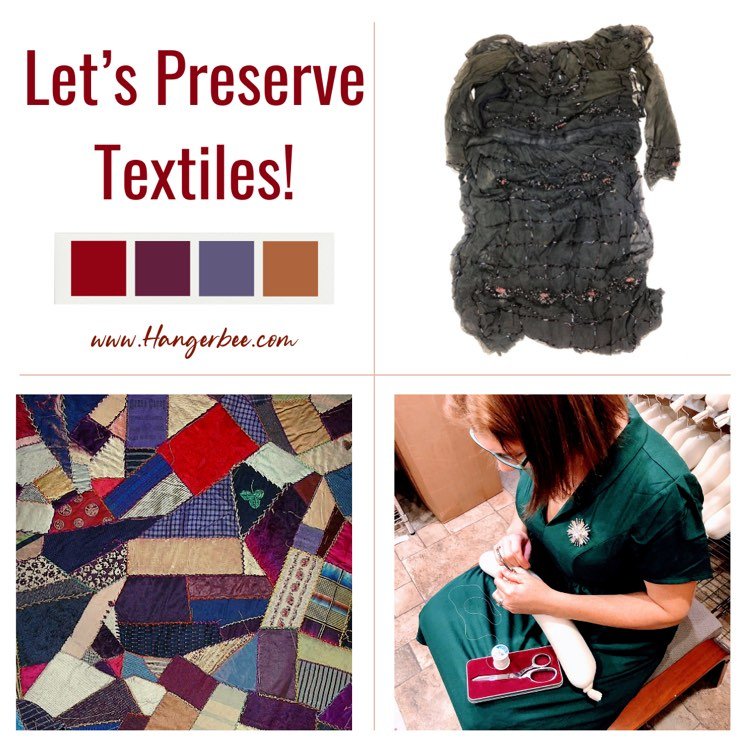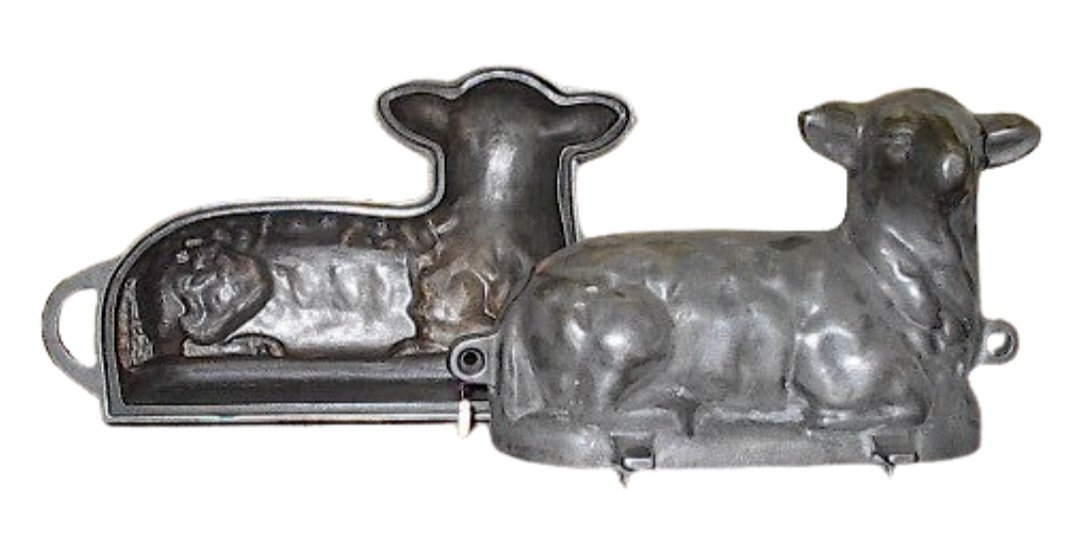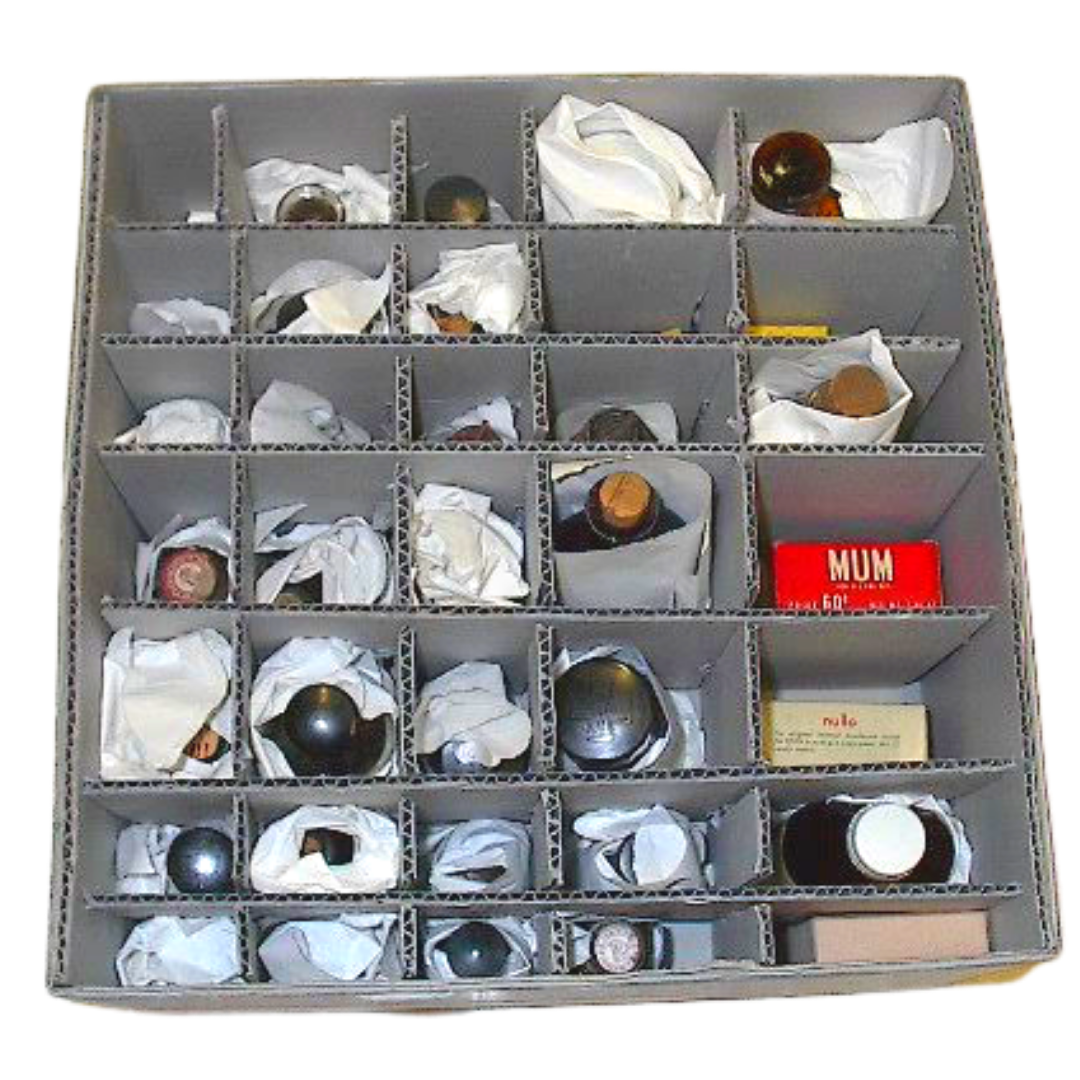Yes! You Can Preserve Your Wedding Dress and Wear it Too
Here’s a question we hear every so often: “Can I wear my wedding dress after it’s preserved?”
Unfortunately, most of the time the answer we’re told is a big ol’ “nope”.
<insert sad trombone sound.>
But guess what? Yes you can!
<cue peppy marching band music.>
Remember: what you do with your dress depends on you and what you want to do with it.
This post is adapted from a post I published at Hangerbee.com. Enjoy!
Here’s a question we hear every so often: “Can I wear my wedding dress after it’s preserved?”
Unfortunately, most of the time the answer we’re told is a big ol’ “nope”.
<insert sad trombone sound.>
But guess what? Yes you can!
<cue peppy marching band music.>
Remember: what you do with your dress depends on you and what you want to do with it.
Personally, I never wanted to seal anything away. I’ve never been a fan of time capsules or of anything like “deep storage”. If I’m going to keep something, I want to be able to access it. Even the most fragile artifact at a museum should be accessible to staff when needed. If I can’t access something occasionally, I wonder, “Should I keep it at all?”
Remember when people would bronze their kids’ baby shoes? I remember seeing a display at J.C. Penney’s (at the catalog order pickup counter; I remember it vividly) for their bronzing service as a kid and used to think,
“Why keep baby shoes if they’re just going to turn into a metal statue? Where’s the intrinsic personal and cultural value in that, and how does that reflect upon the ideals of our collective memory and social history in regard to material culture?”
Okay, okay, so eight-year-old me didn’t think of that last part. You got me. But I still thought it was weird.
Other things that were weird at the J.C. Penney’s catalog order pickup counter included: every single patterned turtleneck I wore in junior high and the time our order got mixed up and I received a black and gold lace teddy by mistake. Hmm.
Anyhow, dipping shoes in metal is a little different from sealing a dress in a box that you’re not supposed to open, but in other ways it is kind of the same thing.
Long before I founded Hangerbee, long before I had dreamed up Save the Dress, my wedding dress lived on the floor in the closet in a plastic garment bag. And yes, I felt bad about it.
But between you and me, the “sealing it away in a box” approach wasn’t for me. However, back then I didn’t have a solution. I knew what I didn’t want to do with my gown, but I wasn’t sure what I did want. So there it sat.
And it sat.
It was waiting for me to lose a little weight so I could try it on again.
And then, one day (eight years later OMG) it fit! Boy was it exciting to be able to simply take it out of the closet and try it on. There’s a slight chance I had an impromptu Sunday morning dance party and photo shoot in my son’s bedroom to celebrate (see photo).
But even then, I still hadn’t done anything with my dress except throw away the free plastic garment bag that came with the gown. (Surprisingly, the bag started to disintegrate after just a few years. I couldn’t believe it! With my background in preservation, I knew the white plastic bag wasn’t good for the long-term, but I never imagined it’d start to break down within five years.)
So now I was stuck. Do I get a new bag? Do I get the white box treatment? Do I get a dress preservation kit from a museum supplier, which are wonderful and recommended but do take up prime shelf space.
If you’re reading this it should come as no surprise that my answer to this problem was to develop a new product! Ha! A hanging wedding dress kit, a collection of garment-safe items to keep your dress safe on a hanger.
But enough about me and the Save the Dress stuff. This isn’t a sales pitch as much as it’s a ramble about preservation and material culture that I hope turns into a well-rounded conversation. I want to hear from you. Have you preserved your dress? Did you use a product that keeps your gown sealed away? Did you purchase a kit and DIY? Is your dress hanging out in the closet in a deteriorating plastic bag, waiting for you to make the next move? #NoJudgement Or maybe you did something else. Maybe you don’t even have your dress anymore. Whatever you’ve done (or not done), I’d love to hear about it. Please comment below or chime in on social media. Let’s chat!
Storing Stuff at Home: Finding the Right Environment Part 1 - Secure
Have you ever wondered:
How should I store clothes at home?
How should I store my off-season clothes?
How can I preserve heirloom garments in my house?
Hangerbee has the answers for you!
Welcome to part one of “Storing Stuff at Home”.
Have you ever wondered:
How should I store clothes at home?
How should I store my off-season clothes?
How can I preserve heirloom garments in my house?
Hangerbee has the answers for you!
Welcome to part one of “Storing Stuff at Home”. If you’re familiar with me, you probably know that I come from the “museum world” and have two decades of experience with artifact and archives preservation. I have worked with well-funded collections, with beautiful climate-controlled and secure storage environments and all the acid-free and lignin-free storage materials I could possibly need…
…I have also worked in sub-par, under-funded facilities, with inadequate IPM (integrated pest management) and minimal storage supplies. Yikes!
Honestly though, I really appreciate having had the opportunity to experience both ends of the spectrum first-hand. These experiences have not only shaped my expectations of how we can protect our collective material culture (aka stuff) in a museum setting, but it also inspired me to open Hangerbee (!), and has greatly shaped how I run my professional workshops and community education classes.
When I teach, I make sure to present the “by the book”, best-practice preservation standards first. Then, we whittle these lofty goal posts down to something that my students are able to achieve in their own homes, with limited time and resources. After all, you are not the V&A.
And from this comes my five standards for a basic storage environment.
An adequate space should be:
Constant
Secure
I tried to think of a good acronym for this but all I came up with was a riff on the ACDC logo. …but without the S for secure.
So let’s start with “Secure” then. What does secure mean in this context? Of course it means that this space should have limited access, whether that means that it’s safe from robbers (!) or perhaps other family members who like to play dress up. The space does not need to be behind glass or locked shut, but it should be out of the way so it won’t be interrupted. The space should also be structurally sound - with no cracks or damage - and be pest-free. The secure space should also be free from excess dirt and debris, but still have adequate air flow.
You might think that a space like this will be tough to find. But for most people, an interior closet on a main or upper level of a finished home should meet this mark. And if pests are making your space insecure, there are plenty of ways to divert them from the area by using a variety of traditional pest control methods. Just make sure that whatever products you use, you are keeping the area free from chemicals that may harm the very things you wish to protect. If you want to dive deep into this subject matter, I recommend visiting https://museumpests.net/.
And if kids playing dress up is the reason your collection is more vulnerable, well, that’s up to you to figure out because I haven’t cracked that case yet. ;)
So that was easy! Come back soon as we discuss the DCDCs environmental standards and how you can easily incorporate them into your home storage plans.
Padded Hangers and Hanger Bumps
Do padded hangers prevent shoulder bumps?
Yes!
Padded hangers are a must-have for every closet. They support and protect heavy garments by evenly distributing the weight across the shoulders. But even lightweight garments benefit from padded hangers. Have you ever put on a dress shirt or sweater and noticed little bumps popping up from your shoulders?
Yikes!
This post has been adapted from one I originally published at Hangerbee.com. Enjoy!
Do padded hangers prevent shoulder bumps?
Yes!
Padded hangers are a must-have for every closet. They support and protect heavy garments by evenly distributing the weight across the shoulders. But even lightweight garments benefit from padded hangers. Have you ever put on a dress shirt or sweater and noticed little bumps popping up from your shoulders?
Yikes!
That is not a fashion trend I want to start. Also, poor hanger support can damage fabric over time, making your favorite blouse look prematurely worn out.
There are a lot of padded hangers for sale out there. And they’re all better than the dreaded wire hanger <shudder>. Here are a few things to look for when sourcing padded hangers:
· Make sure the padding isn’t a afterthought. They should be “perfectly padded” to support the entire shoulder.
· The hanger should be made from materials that are safe for long-term hanging. You don’t want something that will deteriorate or break in just a couple years.
· Shameless plug for Hangerbee: Most retail hangers only come in one or two sizes – people (and clothing) don’t. Our hangers come in eight sizes and two styles to make sure you always get a perfect fit. This is especially important for extra-small and extra-large garments.
· Have you ever broken a hanger because your coat/gown/suit is too heavy? Or maybe the hook gets stretched out or falls off? Oof. I’ve had all of that happen to me more than once. Look for strong hangers, especially for heavy coats and dresses.
So what if your garment already has hanger bumps when you buy it, or when you dig your favorite sweater out of the back of the closet for fall? (Oh no!) Never fear; all is not lost. Smooth them out or iron them if needed, and they should be fine. But to avoid further damage (and extra work), hang it on a padded hanger, Your clothes, your wardrobe budget 😉, and your iron will thank you.
Online Textile Courses Announced: Not Just for Museum People
I am excited to announce that I will be teaching three online textiles & clothing workshops for the Iowa Museum Association in early 2022. Here’s a little more about what to expect:
I am excited to announce that I will be teaching three online textiles & clothing workshops for the Iowa Museum Association in early 2022. Here’s a little more about what to expect:
Clothing & Textile Collections: Preservation, Interpretation, & Exhibition
This three-part series provides an introduction to textiles and clothing care in a museum setting. The series provides professional guidance in artifact preservation and storage, identification and interpretation, and exhibition and display.
Clothing & Textiles Preservation & Storage (January 24)
This course provides an introductory look into textile-based collections care focusing on environmental conditions, artifact-safe materials, recommended storage methods and systems for different types of items, basic cleaning processes, and logistical issues.
Clothing & Textiles Identification & Interpretation (January 31)
Learn how to identify 19th and 20th century fashions and other textile items and discuss some unique ways to think about and interpret the artifacts in your collection. This is an introductory course; additional resources will be provided to assist your individual identification needs.
Clothing & Textiles Exhibition & Display (February 7)
Learn how to safely exhibit a variety of textile-based items and how artifact preservation is woven into the exhibit development process. We will discuss different exhibit formats (temporary exhibitions, permanent installations, furnishing plans, and more) as well as proper artifact mounting and display options, as well as environmental requirements.
Date & Time Sessions will take place from 10:00 - 11:30 a.m. January 24, January 31, and February 7, 2022. REGISTER HERE
Sounds neat, right? We’ll have a lot to cover but I promise we’ll have a lot of fun, too. I know it’s not for a while, but I wanted to let you know about it ASAP so you have time to save the date and tell your friends and colleagues. Since it’s on Zoom, the more participants the merrier! See you online in 2022.
Curious about my other workshops and events schedule? Be sure to visit the Workshops and Events links at the top of the page. I would love to work with you and your organization to create an event just for you.
Is it Vintage or an Antique? How Old is Old?
What is the difference between vintage and antique, anyway?
Have you ever walked through an antique store grumpily mumbling to yourself because you found your favorite childhood toy for sale on the shelf?
These Legos are definitely vintage. We still have - and play with - most of them.
“How is this allowed?” you exclaim to no one in particular, with teeth clenched and ego deflated.
These Legos are definitely vintage. We still have - and play with - most of them.
What is the difference between vintage and antique, anyway?
Have you ever walked through an antique store grumpily mumbling to yourself because you found your favorite childhood toy for sale on the shelf?
These Legos are definitely vintage. We still have - and play with - most of them.
“How is this allowed?” you exclaim to no one in particular, with teeth clenched and ego deflated.
Technically speaking, the Batman lunchbox or Cabbage Patch Doll you saw at the shop isn’t an antique. Whew, thank goodness. Take a deep breath and relax, will ya? But it is probably old enough to be considered vintage. In fact, items are considered vintage at the age of twenty.
Which is kinda soon in my opinion. I mean, really. Stuff made in 2001 is now considered vintage? Really?
Really?
My college diploma is now vintage. <sarcastic fist bump>
Am I right to be touchy about this or am I just getting old. Please weigh in; enquiring minds want to know what you think (well at least I’m curious about it).
Antiques, on the other hand, must be at least 100 years old (according to the US government). So while many antique shops feature a variety of vintage wares, for legal purposes, an antique is a century in the making. Granted, even 100 years doesn’t seem as long as it used to. When I was a kid, antiques were from the 19th century, before cars and phones and electricity and such. But nowadays antiques are from the roaring twenties and it just don’t seem right no more.
Sorry, when I get worked up I lose my eloquence.
So now we know the technical specs that define the vintage vs. antique debate, but honestly, knowing this doesn’t necessarily make me feel better. In fact, it makes me feel a little older and not that much wiser. Hmm.
How do you feel about this? Does 2001 feel vintage to you, or are you just as confused as me about this passing of time? And now that clothing stores are embracing 1990s fashion (there’s a big “yikes” that I might tackle in a future blog post, if I’m mentally up to the challenge) does that make you feel differently?









